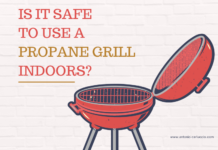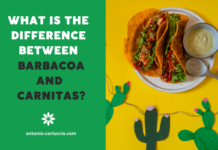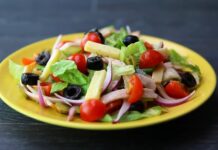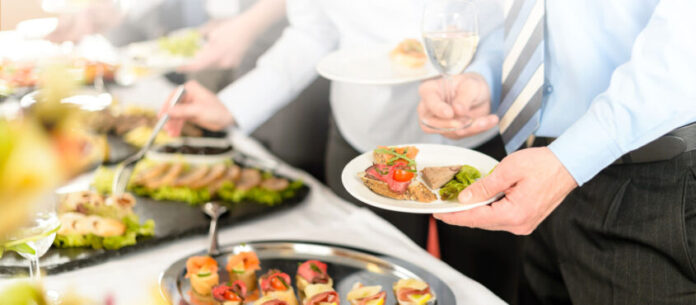
Soups, cilantro, Chinese chicken soup, butternut salad with feta cheese or an Arabian style hummus. Is your mouth watering yet? Food is the bare essence of every function, as conversations tend to be centered around food.
That’s why big corporations need to step up their meal game when it comes to catering for functions.

There are countless options of food choices that can absolutely wow any crowd, but there are a few special considerations that you need to make as an event organizer when catering for a corporate event:
1. Originality:
Every corporation has a unique culture and identity; and the menu should be crafted in such a way that the recipes are as unique as the company itself. Although originality may require chefs to jump on the exotic recipe bandwagon, rather stick to sourcing ingredients locally. If an ingredient is hard to find, then it might be best to alter the recipe.
2. Classics:

Originality is plus, but a unique touch added to a classic old favorite will work just as well. Adding that new twist to a trusted meal is a sure way to keep guests awestruck, and it’s what a Woofemdown corporate dinner is all about.
Don’t be shy to harken back to your grandmother’s famous recipe, using the absolute freshest ingredients.
3. Expenses:
Surely every corporate function has a pre-assigned budget. Advanced planning is vital for ensuring that the menu in its entirety is specifically suited for the budget. Cost per plate and the number of beverages that leave the kitchen oftentimes need to be calculated in advance. The goal is to make sure that the whole menu fits within your budget without sacrificing quality of ingredients or quantity of food.
4. Event style:

The menu itself will be determined by the type of function being hosted. A corporate function can be extremely formal or entirely casual. A plated function will automatically call for a more sophisticated menu. A buffet event on the other hand, will have more friendly undertones and requires a more relaxed menu.
5. Standard meal structure:
Irrespective of the function setting or the type of menu you’re opting for, ensure that you stick to the standard of appetizers, salads, and soups, main meals and dessert. This is to ensure that you cater to every palate albeit the sweet tooth or the meat-eater.
6. Respecting diversity:

A company is made up of diverse people from different cultural backgrounds coming together. The catering at your corporate function should reflect, respect and embrace all the different cultures represented in your company. You can do this by offering a main of Indian, French and German food to show you understand the diversity within the corporation.
With these points embedded in your mind, you can now start to think about what you’re going to serve. Whilst sticking to the standard meal formula, remember that the key to success is often serving just the right amount of every type of food within each category.
This means you need to enable flexibility when planning your menu. That way, if a dish is not working, you can simply change it. So what are the possible options?
7. Interactive food stations
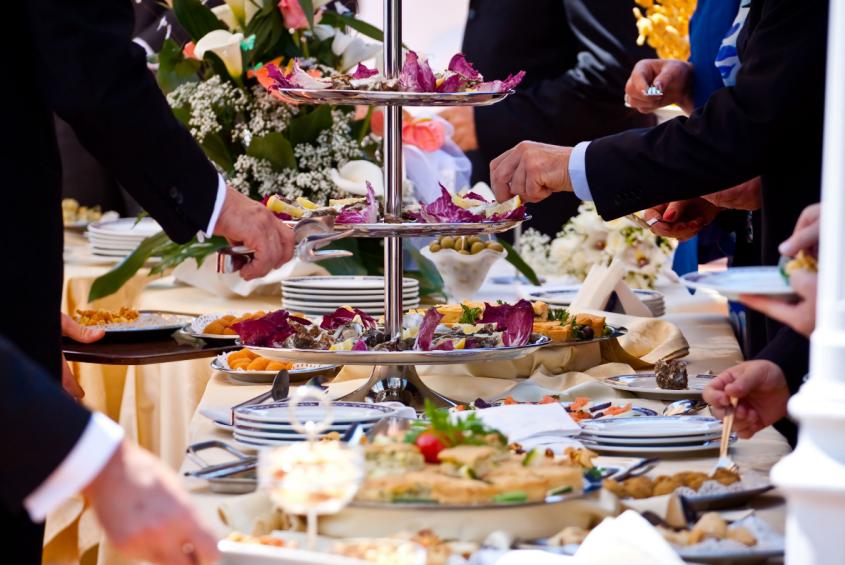
As the name implies, an interactive food station is a food presentation method where you setup the buffet table as a “food bar” with complementary ingredients that allow guests to customize a particular dish. It’s perfect for serving hors d’oeuvres and parfaits.
For instance, you could create a parfait food station with black beans, sweet corn, cherry tomatoes, avocado, specialty cheese, and tortilla strips topped with a vinaigrette. The idea is to layer the ingredients and determine how much you want each.
The great thing about interactive food stations is that they allow you to blend your catering with the overall aesthetic of the event.
For the appetizer
Get the taste buds rolling with well-spiced potato roti, croquette filled with shellfish, cheese puffs or serve a spring roll with a Kiri cheese filling dipped in sweet chili sauce. The appetizer is meant to merely whet the appetite, so it must be flavorsome but not overly complicated.
Soups and Salads

Salads need to look colorful and delicious, so presentation is key here. A watermelon and radish salad with a hint of mint will tickle your guests’ fancies. Alternatively, go for a normal salad and add some toasted pine nuts and cashews for a bit of flair.
Soups can also go down well, especially when the function is held on a cold winter’s evening. Perhaps a Thai coconut milk soup or your grandmother’s tried and tested soup recipe will do the trick.
Entree
This is the menu that needs to give your guests something to rave about. Make sure when planning your entrees that you take all food preferences into account. Avoid doing two dishes using the same type of meat. Cater for your fish lover and respect your vegetarian too.
A saucy steak with a side of creamy mashed potatoes, a rosemary and thyme-infused chicken with a lemon sauce, pan-seared salmon with a pea puree or a vegetarian lasagna soaked in trusted old béchamel sauce will satisfy enthusiastic workers.
Dessert
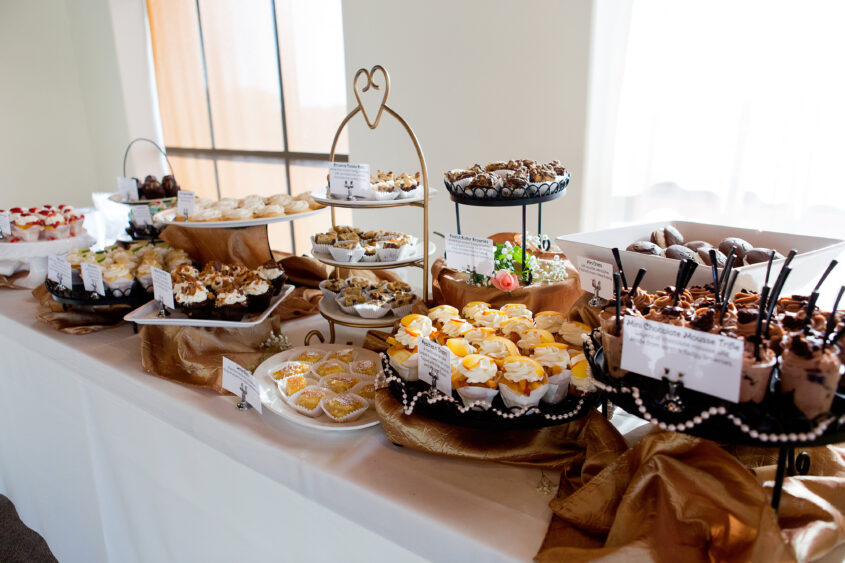
A key rule to nailing dessert for a corporate function is to make it look stylish but taste even better. Guests look forward to ending the night with a scrumptious dessert so take your time choosing this one.
Most importantly, if the layout of the food on the plate matches its taste, you’re bound to create a corporate function that will go down in the company’s history books.
Putting a menu together for a corporate function is a process that doesn’t happen overnight. If you’re hiring a caterer, work closely with them to develop a menu that reflects your company culture as well as the theme of the event. You may also tap into the latest food trends to keep things exciting. If you are looking for Indian dishes, check out Cooking Time Journal for the best-wet grinders for Indian cooking.
Be sure to organize a tasting at least two weeks before the event, to make sure that the caterer can prepare and present the dishes to your specifications.

